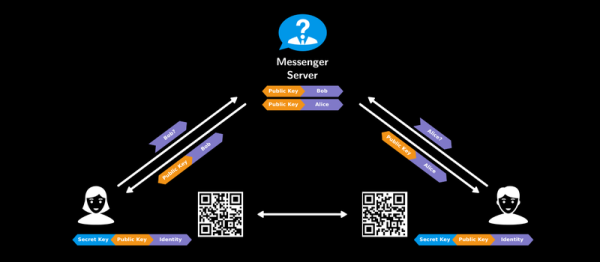The title reads like the name of a lecture in cryptography 101 or the first rule of Crypto Club. ‘DUHK‘ is in fact neither of those but the name of a recently disclosed vulnerability in a pseudorandom number generating algorithm (PNRG) that was until recently part of the federal standard X9.31.
Random numbers are essential to viable cryptography. They are also hard to obtain leading to solutions like using the physical properties of semiconductors or decaying matter, that are governed by quantum effects. The next best solution is to log events that are hard to predict like the timing of strokes on a keyboard. The weakest source of randomness is math, which makes sense, because one of maths most popular features is its predictability. Mathematical solutions have the one redeeming quality of being able to produce a lot of numbers that look random to a human in a short time.
PNRGs require a starting point from which they begin to produce their output. Once this seed is known the produced sequence becomes predictable.
The X9.31 PNRG is an algorithm that is used in various cryptographic algorithms and has been certified in the Federal Information Processing Standards for decades until it was dropped from the list of approved standards in 2016. The researchers behind DUHK found out that the standard allowed the seed to be stored in the source code of its implementation. The next step was to look for software that did this and they found X9.31 in an older version of FortiOS running on VPN gateways.
Should I be Worried?
Probably, maybe not. The analysis (PDF) published by the team behind DUHK notes that the vulnerability is limited to legacy implementations and doesn’t allow to takeover the device running them, only to eavesdrop on ‘secure’ connections. The scope of this is much more limited than exploits like remote code execution via bluetooth. It is on the other hand providing a strong case for handling standards and technical certifications with extreme scrutiny. The teams conduct also gives insight into the best practises for white-hat hacking which are frequently discussed around here. And they have a great theme song.













